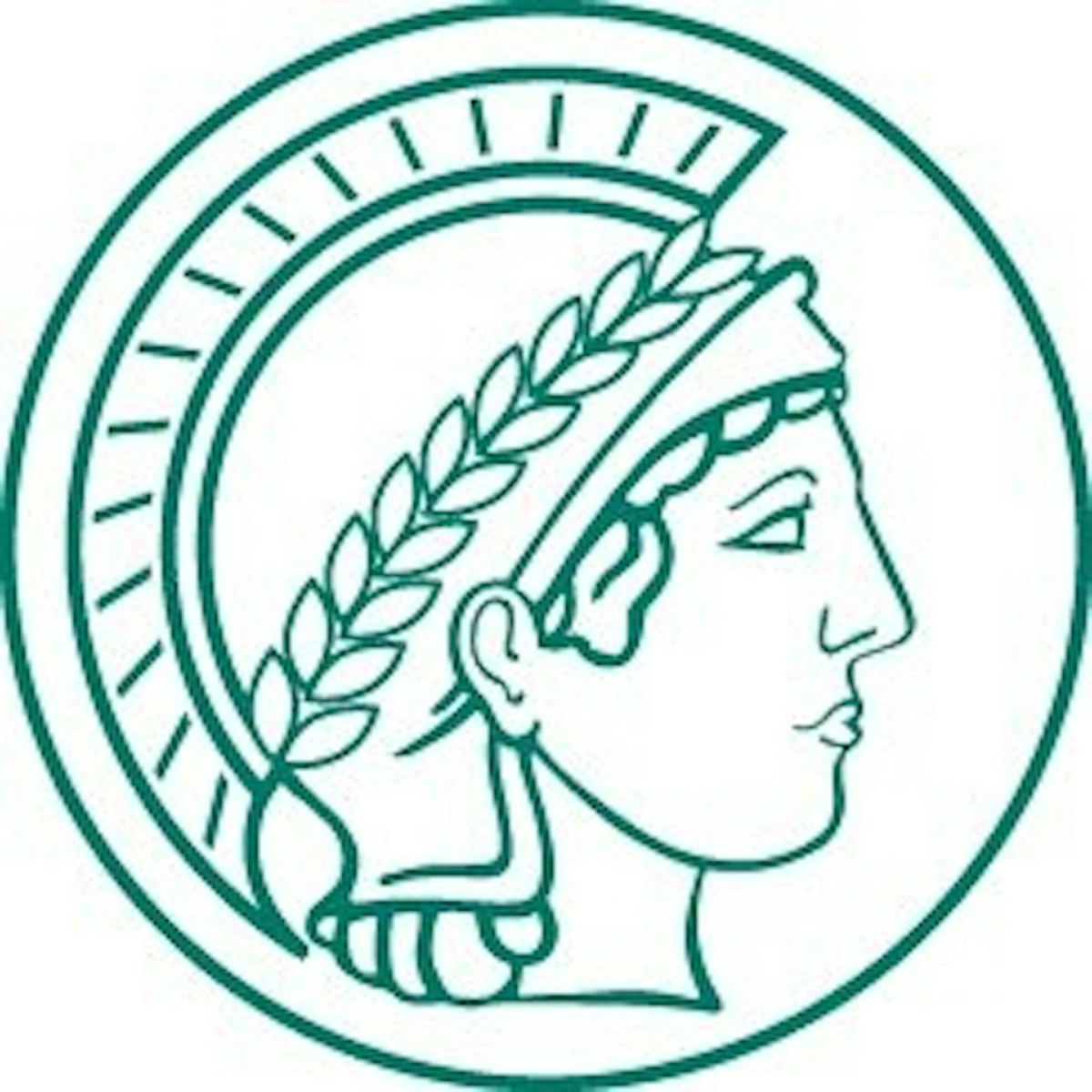
Chladni Figures (1787)
These wonderful diagrams are to be found in Entdeckungen über die Theorie des Klanges (Discoveries in the Theory of Sound), a late 18th-century work by German physicist and musician Ernst Chladni (1756–1827), in which he details his experiments — for which he is sometimes labelled the "father of acoustics" — with vibrating plates and nodal patterns. More than a century earlier the English scientist Robert Hooke had run a violin bow along the edge of a flour-covered glass plate and observed strange patterns forming. These patterns were caused by "nodal lines", the still areas of an otherwise vibrating plate. Chladni perfected these initial experiments by Hooke (using mostly sand this time) and introduced them systematically in his 1787 book, providing a significant contribution to the understanding of acoustic phenomena and how musical instruments functioned. Such patterns are now commonly termed "Chladni figures".
Aug 19, 2017








